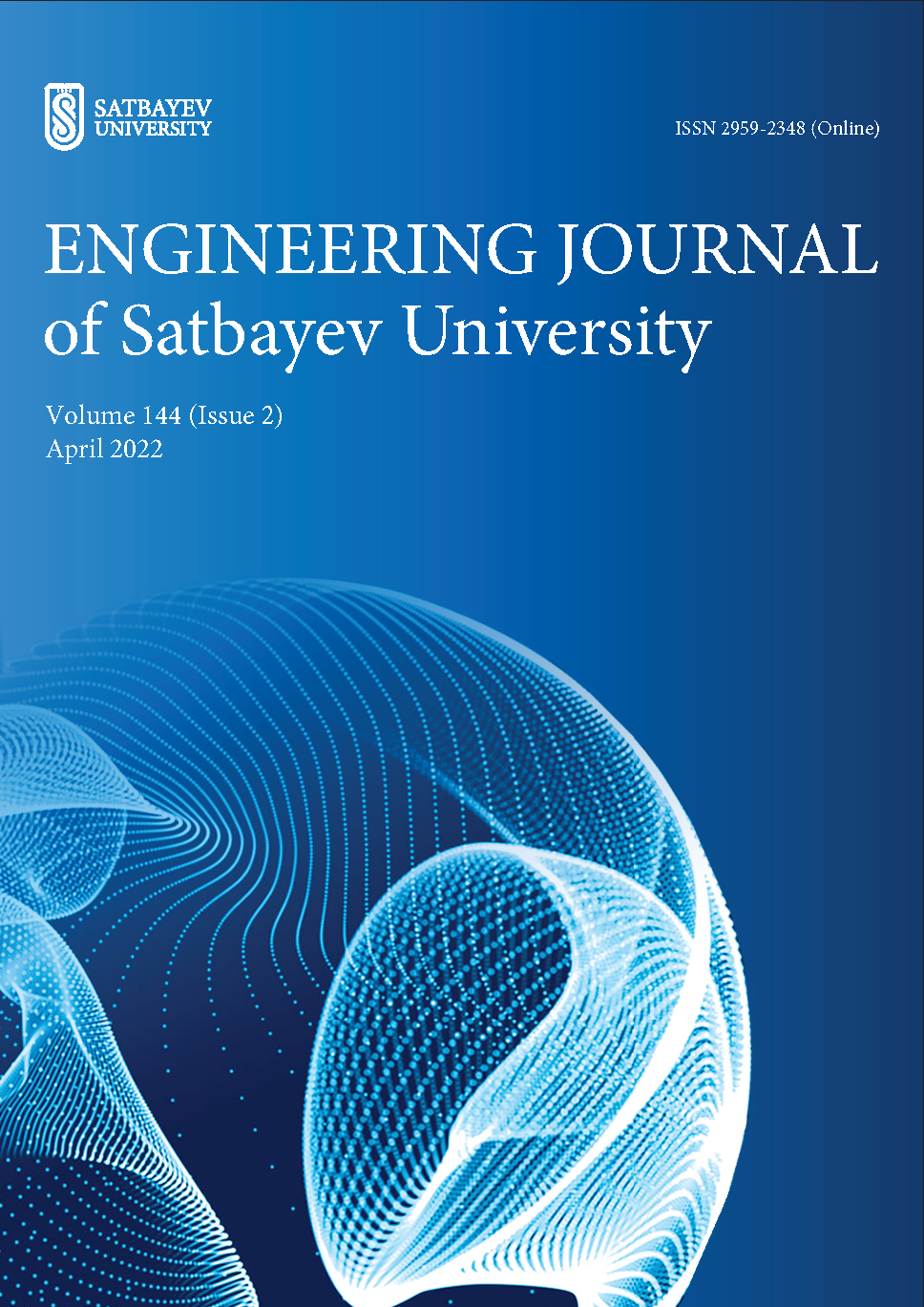Self-organization of interpolymer systems with high sorption activity to uranyl ions
DOI:
https://doi.org/10.51301/ejsu.2022.i2.04Keywords:
interpolymer systems, sorption, ion exchangers, Amberlite IR120, АВ-17-8, uranyl ionAbstract
Uranyl ions sorption of by interpolymer system based on industrial ion exchangers: strongly acidic cation exchanger Amberlite IR120 and strongly basic anion exchanger AB-17-8 was studied. Based on the obtained data, the degree of sorption of uranyl ions by individual sorbents and interpolymer system Amberlite IR120:AB-17-8, polymeric chain binding rate and dynamic exchange capacity of individual sorbents and interpolymer system Amberlite IR120:AB-17-8 were calculated. Based on the data obtained, a comparative analysis of the sorption of uranyl ions by initial sorbents and interpolymer system was carried out, which showed that the highest degree of sorption of uranyl ions by the interpolymer system occurs within the ratios of 50%Amberlite IR120:50%AB17-8. It was found that the maximum degree of sorption of uranyl ions after 56 hours of remote interaction of ion exchangers was 38.0%, when polymeric chain binding rate was 4.63% and dynamic exchange capacity was 0.25 mmol/g. Rate of uranyl ions extraction by the initial ion exchangers 100%Amberlite IR120 and 100%AВ-17-8 was 28.0% and 13.0%. The experimental studies performed have shown a high sorption activity of interpolymer systems for uranyl ions compared to the initial ion exchangers, which makes it possible to use them for highly efficient sorption technology for extracting uranyl ions from industrial solutions.
Downloads
Published
How to Cite
Issue
Section
License
Copyright (c) 2022 Engineering Journal of Satbayev University

This work is licensed under a Creative Commons Attribution-NonCommercial-NoDerivatives 4.0 International License.
<div class="pkpfooter-son">
<a rel="license" href="http://creativecommons.org/licenses/by-nc/4.0/"><img alt="Creative Commons License" style="border-width:0" src="https://i.creativecommons.org/l/by-nc/4.0/80x15.png"></a><br>This work is licensed under a <a rel="license" href="http://creativecommons.org/licenses/by-nc/4.0/">Creative Commons Attribution-NonCommercial 4.0 International License</a>.
</div>





